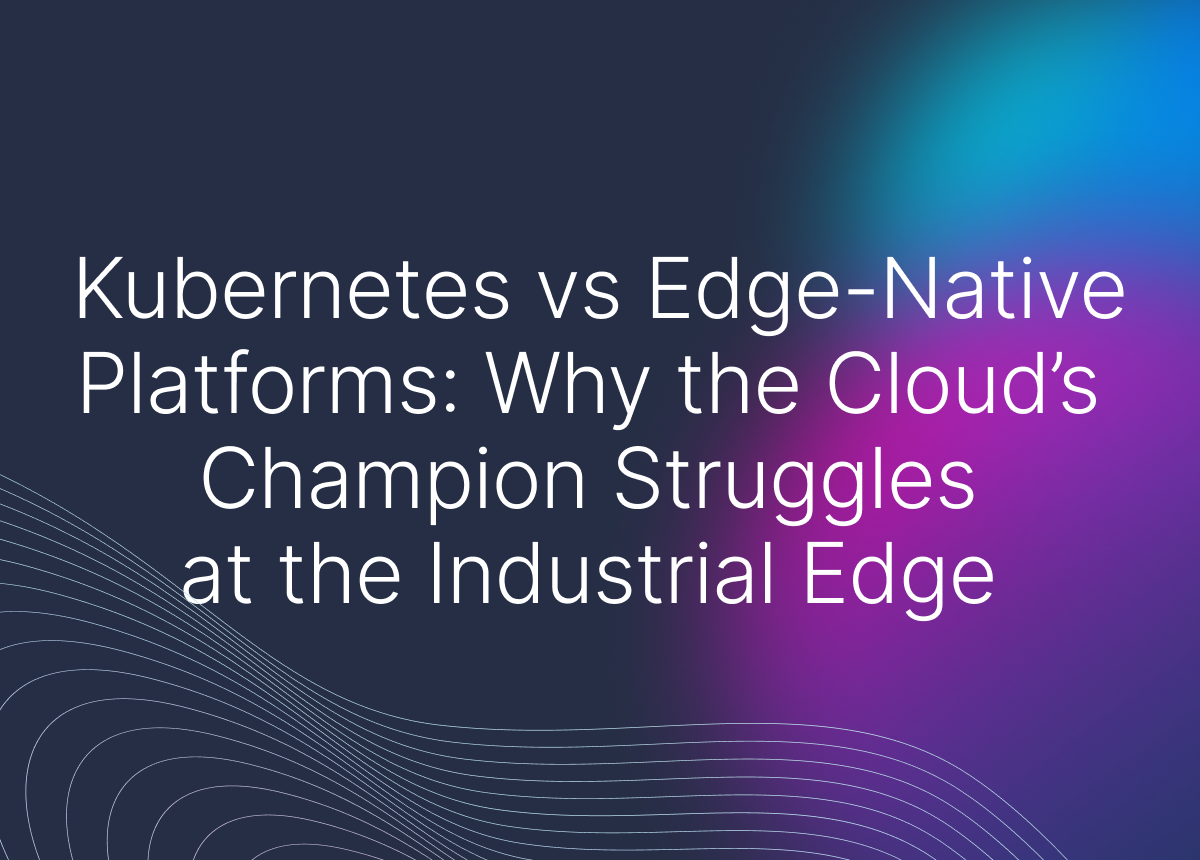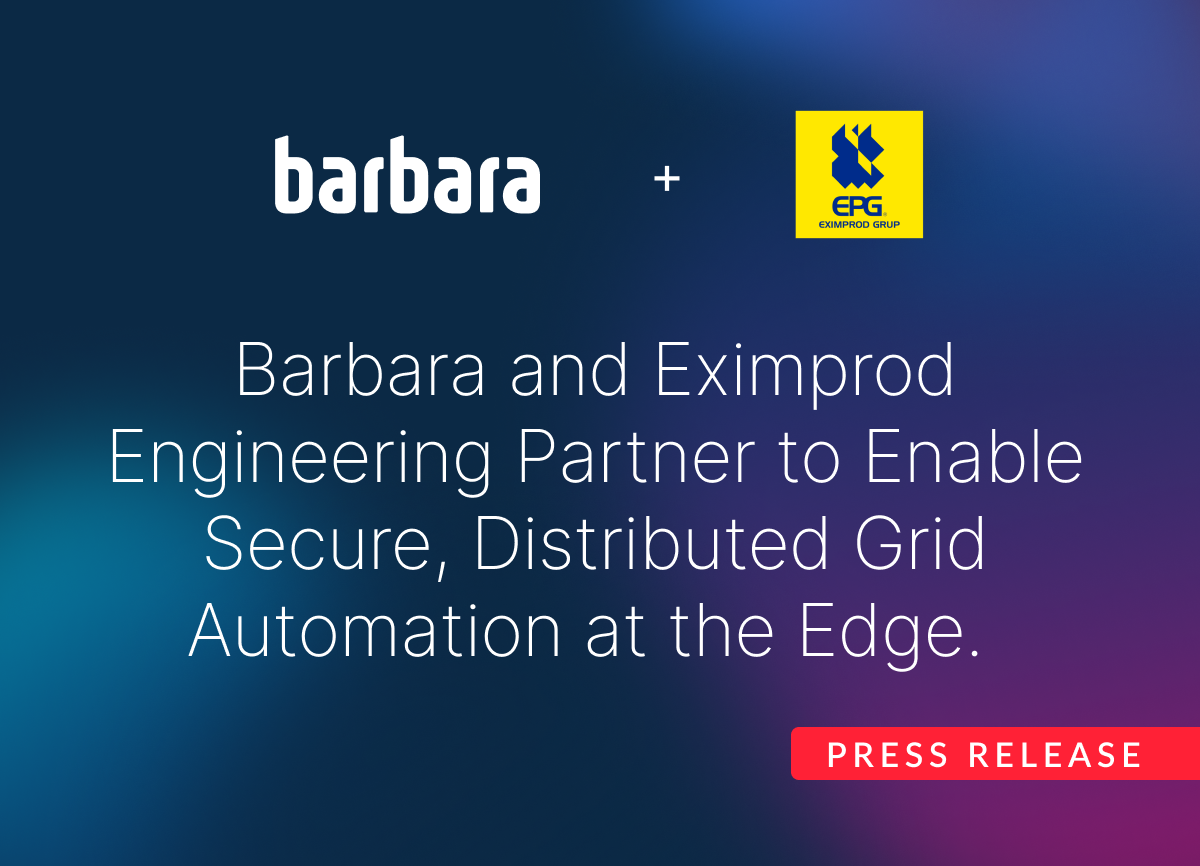The IT-OT convergence (part I): Syncing the Data Journey and the Digitization of Infrastructures
Just as Data Teams embark on their Data Journey, Infrastructure Teams must navigate their own Digital Infrastructure Journey to enable this transformation. This article explores the challenges of IT-OT convergence in industrial companies. Stay tuned as we break down each stage of this evolution and uncover the key steps to a seamless transition.
The IT-OT Convergence: the quest for Industrial Companies
The digital transformation of industrial companies starts with a data-driven strategy, where a dedicated Data team explores how to utilize company data to solve problems, optimize operations, or generate new revenue. This marks the beginning of their "Data Journey." A key challenge arises when integrating data-driven applications and AI with existing infrastructure to extract data or trigger actions, leading to friction. This article serves as an introduction to a series on the complexities of achieving full IT-OT convergence in industrial settings.
The Data Journey: from Data to Real-Time Insights
As companies plan and implement a data-centric strategy, their journey begins with collecting data from multiple sources and can evolve all the way to developing AI models that leverage this data for advanced insights and automation.

The Data team will typically spearhead these activities, focusing on specific problems or challenges according to the company’s needs. They will define a strategy that includes determining which data to collect and how to transform this data into actionable insights.
It all starts with the data.
Initially, Data teams often work with "offline" data, historical datasets stored in CSV files or databases. They use this data to develop their first business intelligence applications, such as visual dashboards to generate reports. Over time, these applications may evolve into more advanced solutions powered by Artificial Intelligence. However, as their journey progresses, Data teams will likely recognize the limitations of offline data, which is only available intermittently. To build truly intelligent, real-time applications, they need continuous access to live data from company´s assets and data sources. This is where collaboration with the infrastructure team becomes essential.
The OT Infrastructure
Meanwhile, infrastructure teams in industrial companies have traditionally operated with a different focus. Their primary responsibility has been managing Operational Technology (OT), ensuring process automation and system reliability rather than leveraging data for insights. Their evolution has been centered on optimizing operations, not data exploitation. As a result, they have maintained a strict separation between the Operations (OT) network and the Information Technology (IT) network.
This is the typical Automation Pyramid that the OT teams usually have in mind, when thinking about evolving their infrastructure.

When OT teams plan the digitalization of their infrastructure, their focus is typically on enhancing or expanding SCADA systems and MES. As a result, when Data teams approach them with a strategy centered on data utilization, a significant misalignment often emerges between the two groups.
The Digital Infrastructure Journey
For Data teams to successfully implement their strategy, the company’s infrastructure must evolve, by converging the OT and IT networks. This convergence is essential to enable real-time data extraction from company assets and to deploy and run data-driven applications, including AI, directly on-site.
Just as Data teams embark on their “Data Journey,” infrastructure teams must navigate their own “Digital Infrastructure Journey” to support this transformation.

Data must be captured from machinery and sensors distributed across the company's facilities without disrupting operations. To fully leverage this data, applications must be deployed and executed close to where it is generated, at the Edge. Over time, these applications will evolve, into AI models and AI-based apps.
However, transforming Edge infrastructure into an intelligent system is a complex journey, filled with challenges that require a step-by-step approach to ensure seamless integration, scalability, and reliability.
Barbara, a software to navigate along the IT-OT convergence journey
Barbara is the Edge software that empowers Data Teams to seamlessly deploy, run, and monitor data-driven applications and AI models on-site, with the simplicity of the cloud and without its cost, privacy, or latency challenges.
At the same time, OT Teams gain the tools to transform their infrastructure into an intelligent, connected system.
To successfully align data strategy with infrastructure needs, companies need the right tools and software to navigate this complex journey. That’s where Barbara comes in.

Want to know more? read: The IT-OT convergence (part II): The Data Journey



.png)





